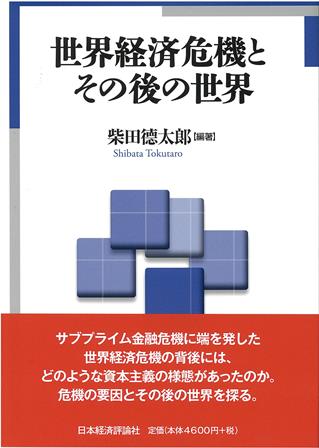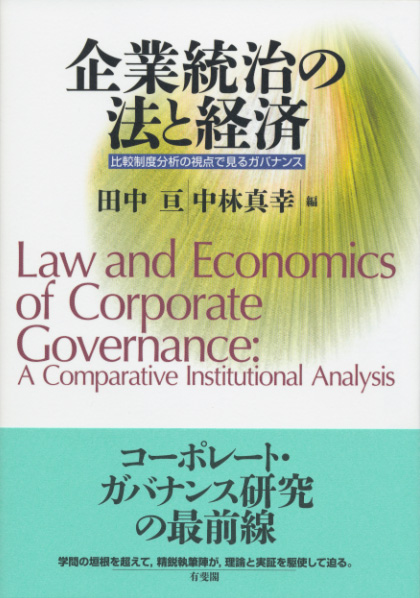
Title
Sekai Keizai kiki to sono ato no sekai (Global Economic Crisis and the World in Its Aftermath)
Size
264 pages, A5 format
Language
Japanese
Released
March 25, 2016
ISBN
978-4-8188-2412-6
Published by
Nihon Keizai Hyouronsha Ltd.
Book Info
See Book Availability at Library
Japanese Page
In 2016, low stock prices were progressing worldwide, and global economic instability again increased. The worldwide slump after the global economic crisis caused developed countries to take quantitative and qualitative easing measures, leading to global expansion of liquidity. Consequently, the resulting bubble occurred and will collapse in near future. The countermeasures taken against a global economic crisis creates the next bubble in turn—fomenting another global economic crisis in a new form.
With the 2007–2008 global economic crisis as the backdrop, a collaborative research project was initiated to shed light from various angles on the background to the crisis, the mechanism of its occurrence, and the world in the aftermath of the crisis. The research was carried out in awareness of the problem that, even now, capitalism has not changed its fundamental nature. The findings of this research comprise this book.
The preface argues that “the rise of shareholder capitalism” lies behind this global economic and financial crisis. “Management for high share prices” leads to prolongation of “employment insecurity”, in turn leading to “a prolonged monetary easing policy.” Linking this “monetary easing” “deregulation” encourages a financial bubble. This trend is also visible in the post-crisis worldwide aftermath.
In Chapter 1, “the securitization of housing finance” is discussed from the perspective of “credit creation.” “The securitization of residential mortgages” acted as a mechanism for the creation of credit in the absence of adequate monetary reserves and net worth. However, the onset of the financial crisis left banks short on reserves, confronted with inadequate net worth and dependent on credit creation by “the lender of last resort” and injection of public funds.
Chapter 2 discusses management for “high share prices,” part of the background to the global economic and financial crisis. The structure of governance whereby boards of directors were expected to conduct strict checks on management failed to function well, and adoption of the stock option system, as endorsed by agency theory, motivated managers to achieve high stock prices through their firms’ management. Furthermore, management consultants urged management toward action to ensure short-term profits.
Chapter 3 discusses the background of the financial crisis from the angle of fund capitalism. Fund managers’ behavioral patterns in their pursuit of short-term profit were one causative factor in the crisis. That commercial and investment banks increasingly adopted a fund-management approach was also a problem.
Chapter 4 examines various issues confronting the German banking industry in the aftermath of the global financial crisis. German banks adopted a risky model in their plans for global expansion, and it proved untenable. The model also failed to produce new businesses with higher added value or to achieve innovations in business structure. There is an undeniable risk that the German banks may trigger the next crisis by turning to risk-filled business practices again, piggybacking on a property bubble.
Chapter 5 covers the contrasting the BIS view and the Fed view on the financial bubble and its collapse. At the BIS, Borio and his colleagues’ view is that they correctly emphasized the significance of credit creation through deposit setting without restrictions on real assets. Chapter 5 also concretely examines how the classical mechanism of credit creation—linked with deposit setting or rises in asset values—is being realized in today’s financial economy, where the fine subdivision of financial operations is complicating intermediary relationships.
(Written by SHIBATA Tokutaro, Professor Emeritus, Graduate School of Economics / 2018)



 Find a book
Find a book




